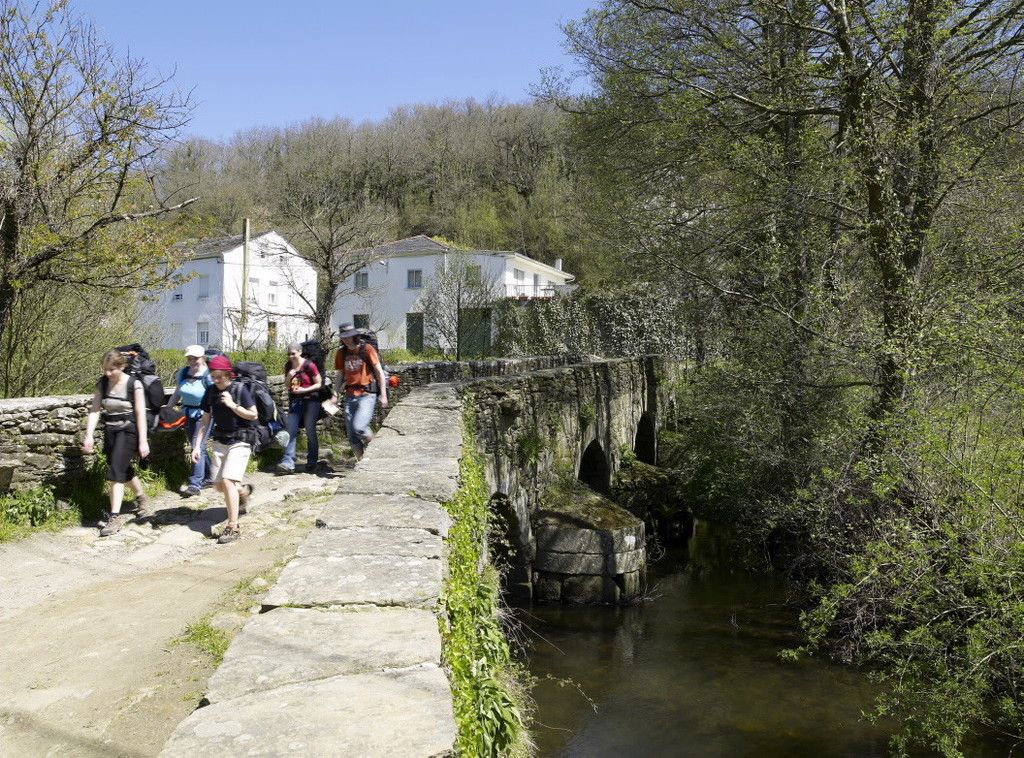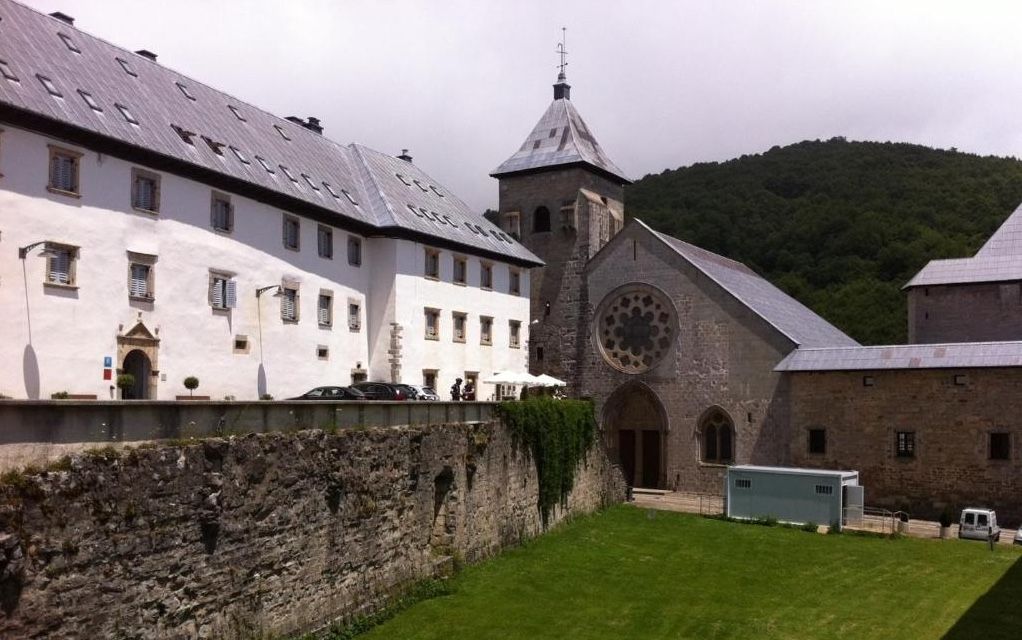The impact of the Camino on communities: culture, economy, and identity
The Camino de Santiago is a significant spiritual route for thousands of pilgrims, but it also plays a crucial role for the small villages and towns it traverses. This route is not just a physical path but a transformative force that deeply affects the culture, economy, and identity of the regions it crosses.
In many rural areas of Spain and Portugal, the Camino has been a vital economic driver. The increase in the number of pilgrims over the last decades has led to the creation of new businesses such as albergues, restaurants, and shops. Sarria, in Galicia, is a notable example where the growth in tourism has brought considerable economic benefits. This town has become a key point for pilgrims seeking to obtain the Compostela, and new enterprises have emerged to meet the demand. A 2021 study by the University of Santiago de Compostela revealed that the Camino’s economic impact in Galicia exceeds 280 million euros per year, benefiting especially the hospitality and catering sectors. Many families who previously relied on agriculture have found new opportunities, establishing small businesses catering to pilgrims.
Culturally, the Camino de Santiago also has a significant impact. The constant flow of tourists revitalizes interest in local history and traditions, leading to the restoration and preservation of churches and monuments along the route. In towns like Santo Domingo de la Calzada, local festivals, such as the “Miracle of the Hen,” are kept alive thanks to the involvement of pilgrims. This event, which dates back to the Middle Ages, attracts both locals and visitors, helping to preserve important cultural traditions. In Roncesvalles, the medieval monastery, which has welcomed pilgrims for centuries, has been renovated to continue fulfilling this role, reinforcing local pride and the connection to historical heritage.
Moreover, the Camino contributes to shaping the identity of local communities. Many of these towns see tourism as an essential part of their daily lives. In the regions of Galicia and Castilla y León, the Camino is so integrated into the daily routine that the sound of pilgrims on the streets is familiar to the inhabitants. Children grow up hearing stories about the Camino, and many young people end up working in sectors related to pilgrimage tourism, perpetuating the tradition of hospitality that characterizes the route.
However, the increase in tourism presents significant challenges. In some areas, such as Portomarín, the high number of pilgrims puts pressure on local resources, such as water and waste management. To address these challenges, some communities have implemented sustainable initiatives, such as more efficient waste management systems and awareness campaigns to promote responsible tourism practices. In more sensitive areas, such as the mountains of O Cebreiro, measures have been introduced to limit the environmental impact of tourism, protecting the natural landscape essential to the Camino’s identity.
Despite these challenges, the Camino de Santiago remains a vital source of culture, economy, and identity for the communities it traverses. Over the centuries, these communities have found ways to adapt to changes, preserving the essence of the Camino and maintaining the hospitality that characterizes this millenary route.

